Between pre-surgical questions, post-op follow-ups, imaging instructions, and administrative queries, the average orthopedic team fields hundreds of inbound messages each week.
Add to this the complexity of multi-provider teams and short appointment windows, and the result is often communication delays, unanswered questions, and frustrated patients.
This is where AI is stepping in—not to replace providers, but to act as a scalable co-worker in managing patient-provider messaging. In this article, we’ll explore how AI tools are transforming orthopedic communication workflows and which platforms are leading the way.
Why Patient Messaging is Especially Complex in Orthopedics
Orthopedic patients often require more communication than those in other specialties due to:
- Pre-visit prep: Imaging instructions, pain tracking, insurance forms
- Surgical planning: Education, scheduling questions, pre-op protocols
- Post-op care: Wound checks, mobility concerns, pain medication requests
- Rehab coordination: Therapy scheduling, equipment needs, milestone tracking
- Refills and paperwork: DME orders, return-to-work forms, school notes
Much of this outreach falls on the shoulders of front desk staff, medical assistants, or care coordinators—many of whom are already stretched thin.
How AI Tools Help Reduce Messaging Burden
Modern AI solutions are designed to triage, respond to, and escalate patient messages without bottlenecks. Here’s how they do it:
1. Smart Inbox Triage
AI agents can monitor secure messaging platforms (e.g., MyChart, Klara, Spruce) to:
- Classify message type (e.g., refill vs. post-op concern)
- Identify urgency (e.g., “bleeding” flagged as urgent)
- Route to the appropriate team (clinical vs. billing)
This reduces misrouting and improves response prioritization.
2. Automated Patient Responses
For routine messages, AI can draft or auto-send responses such as:
- Pre-op fasting reminders
- DME pickup instructions
- PT appointment confirmations
- Post-op pain management guidance
This frees staff from repetitive tasks and ensures timely outreach.
3. Clinical Escalation Logic
AI agents don’t operate in a vacuum—they follow smart rules like:
- "If patient mentions swelling AND had recent knee replacement → escalate to RN"
- "If no response in 24 hours → escalate to supervisor"
This reduces the risk of missed red flags while maintaining efficiency.
4. Integration with EHR and Care Plans
AI systems can pull in data from EHRs (e.g., Epic, athenahealth, ModMed) to tailor responses:
- Reference recent surgeries or appointments
- Attach the correct pre-op checklist
- Avoid asking patients for information already on file
This creates a more personalized, context-aware communication experience.
Top Platforms Supporting AI Messaging in Orthopedics
PlatformStrengthsConsiderationsHoney HealthOrthopedic-trained AI agents triage, respond, escalate, and log messages automaticallyNot a patient portal itself; integrates with your existing systemsKlaraCentralized messaging hub with automation capabilitiesRequires manual template setupArtera (formerly WELL Health)Robust integrations with EHR and schedulingHigher cost tier for advanced featuresSpruce HealthGreat for mobile-first teams and textingLimited in workflow automationEHR-native tools (e.g., Epic In Basket)Directly tied to patient chartsHigh message volume still overwhelms teams without AI layers
Results Practices Can Expect from AI Messaging Automation
MetricPre-AI BaselinePost-AI with Honey HealthAvg. message response time8–12 hours<2 hoursManual message sorting100%<10%Escalation delaysCommonRare (smart routing)Staff time spent per message5–7 minutes<1 minute
Not only does this reduce administrative load—it also improves the patient experience and provider satisfaction.
Why This Matters in Value-Based Orthopedic Care
As more orthopedic groups move toward bundled payments, value-based models, and surgical outcome guarantees, communication becomes a critical metric.
AI-powered messaging ensures:
- Better pre-op preparation
- Lower readmission and complication rates
- Higher patient satisfaction scores (CAHPS)
- Fewer no-shows and late cancellations
It’s not just about convenience—it’s about better care delivery.
Conclusion: AI Messaging Isn’t Just Nice to Have—It’s Essential
In today’s orthopedic landscape, relying solely on human staff to manage patient communication isn’t sustainable. AI messaging assistants like those offered by Honey Health empower teams to respond faster, escalate smarter, and focus on what matters most: delivering high-quality musculoskeletal care.
The result? Fewer inbox fires, more satisfied patients, and a more efficient clinic.

